How did the coffee beans come from, rum coffee beans flavor evaluation-Colombia San Jose coffee
In recent years, a variety of special treatments have emerged one after another, where do alcoholic coffee beans come from?
The birth of wine barrel fermentation treatment
According to Qianjie Coffee, the wine barrel fermentation treatment of San Jose Manor was developed by the third generation of female owners of San Jose Manor. The story begins by accident. Monsalve Botero, the hostess of San Jose Manor, was one day accompanying her husband (engaged in lime oak barrel production and lime wine production) when filling lime distillate to ferment. It suddenly occurred to her that if you put raw coffee beans into oak barrels to ferment Whether there can be a different flavor.
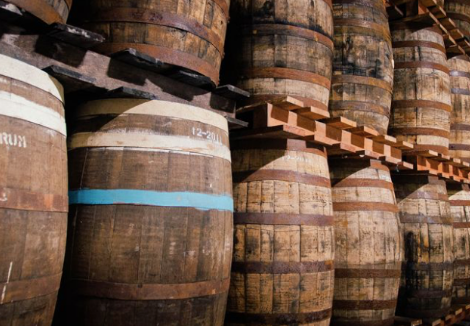
Under this idea, the hostess Monsalve Botero began to put raw beans into rum barrels of different ages for low-temperature fermentation in 2013, and compared the fermentation flavor produced at different times, through this experiment, the most suitable bucket and fermentation time length were selected. Finally, we successfully found the most suitable combination to achieve a special and satisfactory flavor, so as to produce rum barrel fermented coffee which is different from traditional rum washing. So what is the process of this method? Qianjie coffee will be shared with coffee fans and friends below. The owner of the San Jose manor chooses Castillo coffee beans, selects the ripe coffee fruit by hand, and after washing in full water, let it ferment for 20 hours, then put the beans into rum oak barrels for more than 8 years, and leave the beans in the wine barrel for three months. roll once a day to evenly absorb the aroma of the wine. The coffee beans in the barrel are sampled every 30 days during the barrel fermentation to ensure the degree of fermentation and whether the aroma of the wine is fully absorbed, so that when the coffee beans are finally finished, the characteristics can be more distinct and complete. After fermentation, the rum-flavored coffee beans will be dried in the greenhouse, and the average temperature in the greenhouse can avoid secondary fermentation caused by the high temperature caused by the African scaffolding sun. Because this Colombian San Jose coffee bean is treated in the same way as the two Honduran coffee beans in the front street coffee shop, the front street coffee compares the two kinds of coffee beans for a cup test. it is concluded that the two barrel fermented coffee beans in Honduras are in the order of wine, then soft acidity, and finally creamy taste and nutty cocoa flavor.
The San Jose rum barrel ferments the coffee beans with a creamy taste of nutty cocoa, followed by the aroma of rum, followed by the acidity of tropical fruits and the sweetness of maple syrup.
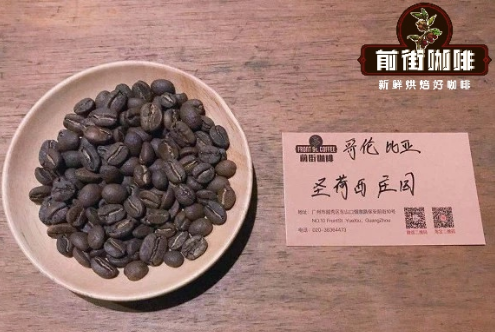
Grading of Colombian coffee beans
Colombia also has its own coffee bean grading system, and Qianjie Coffee, a San Jose estate coffee bean, is made from the highest level of coffee beans in the region. Here are the grading criteria for Colombian coffee beans:
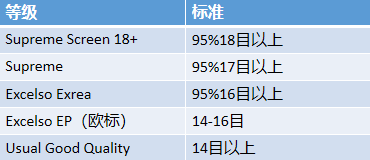
Important Notice :
前街咖啡 FrontStreet Coffee has moved to new addredd:
FrontStreet Coffee Address: 315,Donghua East Road,GuangZhou
Tel:020 38364473
- Prev
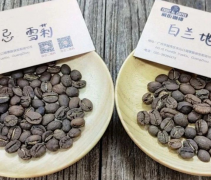
Coffee beans have an aroma. Are they essence beans? Honduran whiskey sherry and brandy lychee coffee
Honduras sherry coffee because of the small number of green beans plus treatment is more popular in recent years fermentation treatment method, Honduras sherry coffee beans planted at 1500-1700 meters above sea level, front street sherry coffee single mixed varieties Kadura, Kaduai, Pacas After fine washing whisky sherry barrel fermentation and baking, Honduras sherry brewing flavor performance for Wei
- Next
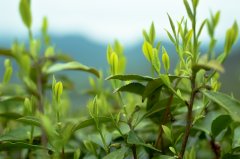
What kind of tea is the most popular in the world? The difference in processing technology between black tea and oolong tea?
Whether you like a cup of fresh hot tea or a refreshing cup of iced tea, you are one of the millions of people in the world who like this drink. From Chinese green tea to British black tea, tea is part of many cultural rituals and traditions all over the world. Scholars believe that tea originated in southwest China around 2727 BC and is a pure medicinal beverage. Now
Related
- Beginners will see the "Coffee pull flower" guide!
- What is the difference between ice blog purified milk and ordinary milk coffee?
- Why is the Philippines the largest producer of crops in Liberia?
- For coffee extraction, should the fine powder be retained?
- How does extracted espresso fill pressed powder? How much strength does it take to press the powder?
- How to make jasmine cold extract coffee? Is the jasmine + latte good?
- Will this little toy really make the coffee taste better? How does Lily Drip affect coffee extraction?
- Will the action of slapping the filter cup also affect coffee extraction?
- What's the difference between powder-to-water ratio and powder-to-liquid ratio?
- What is the Ethiopian local species? What does it have to do with Heirloom native species?

